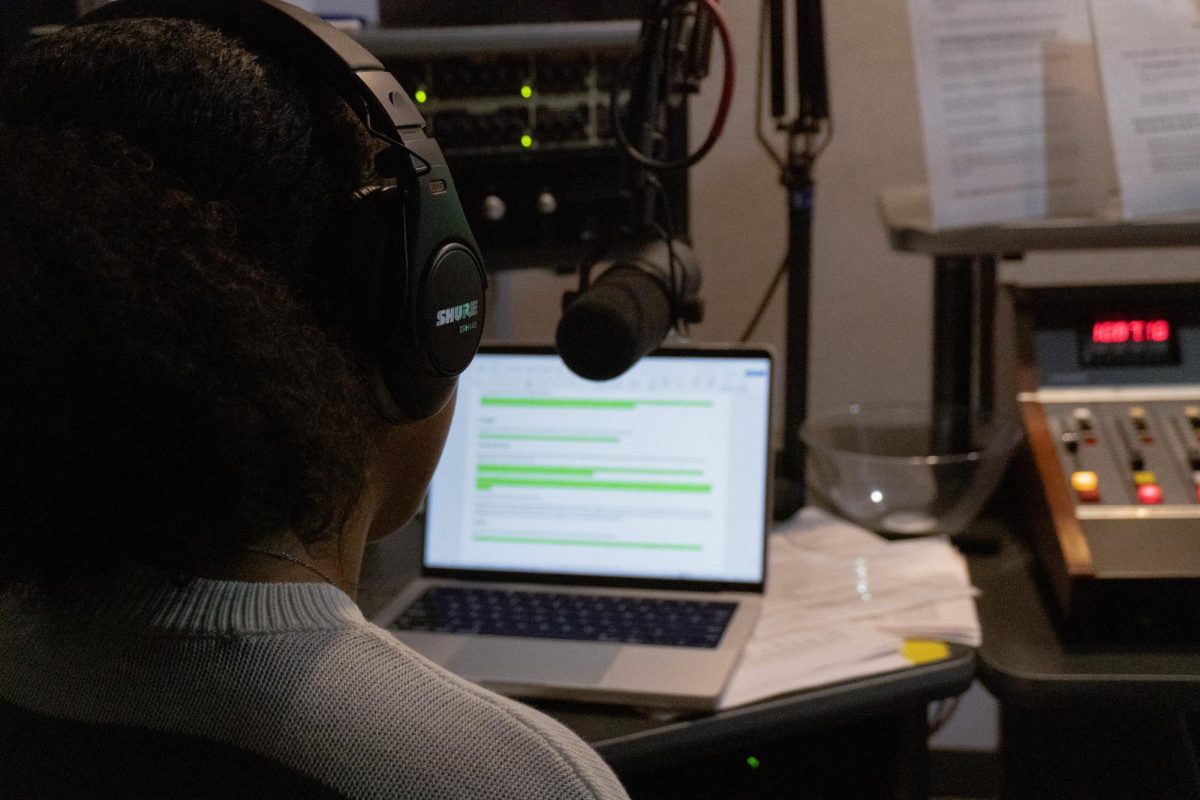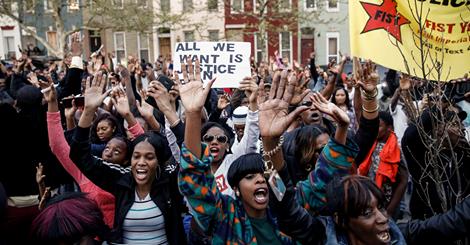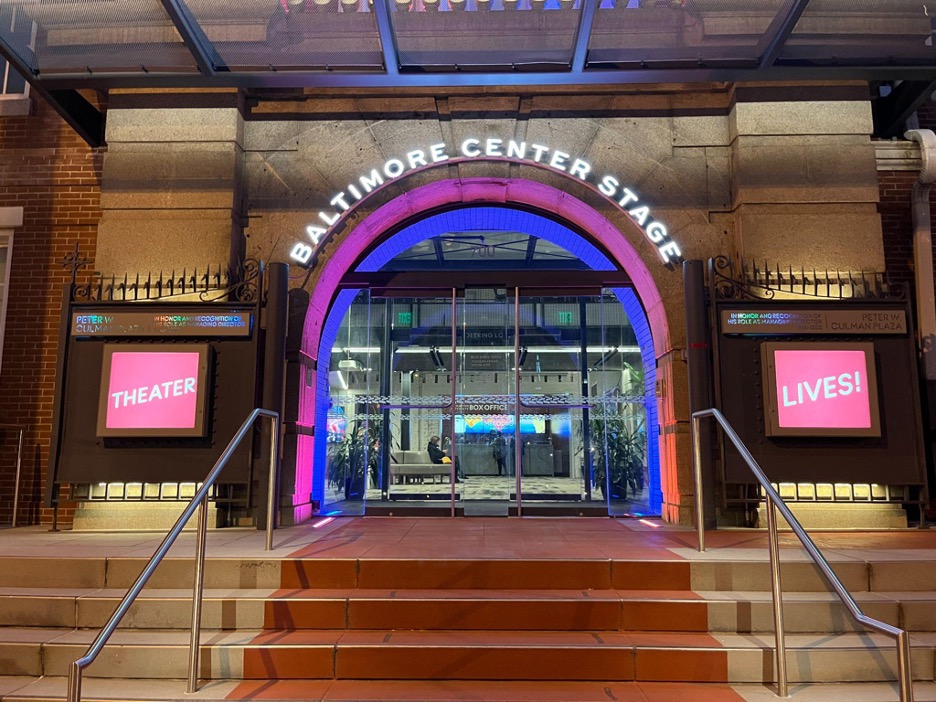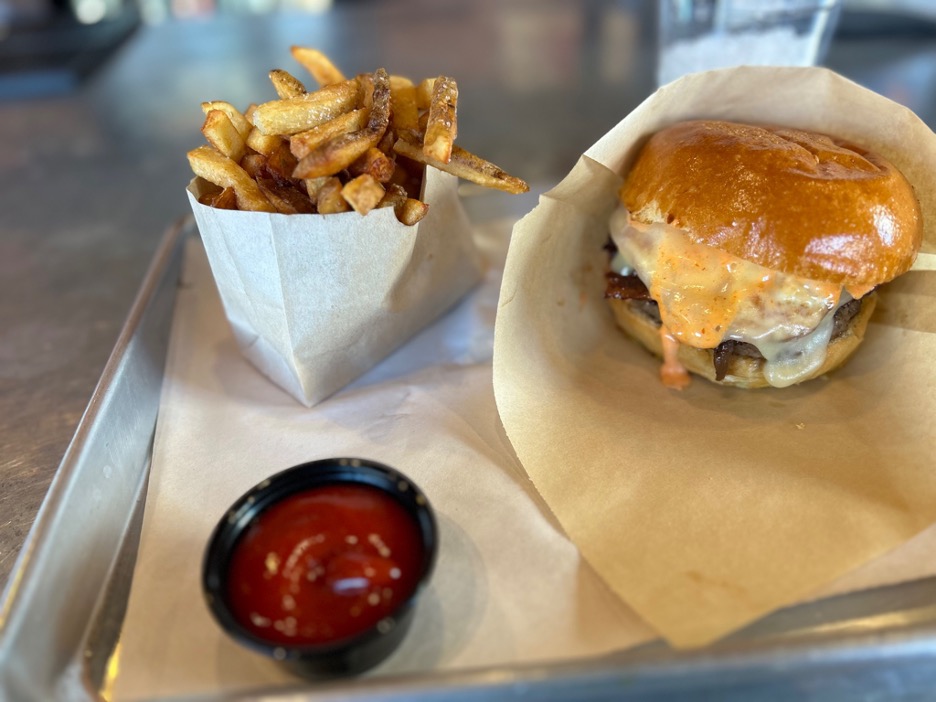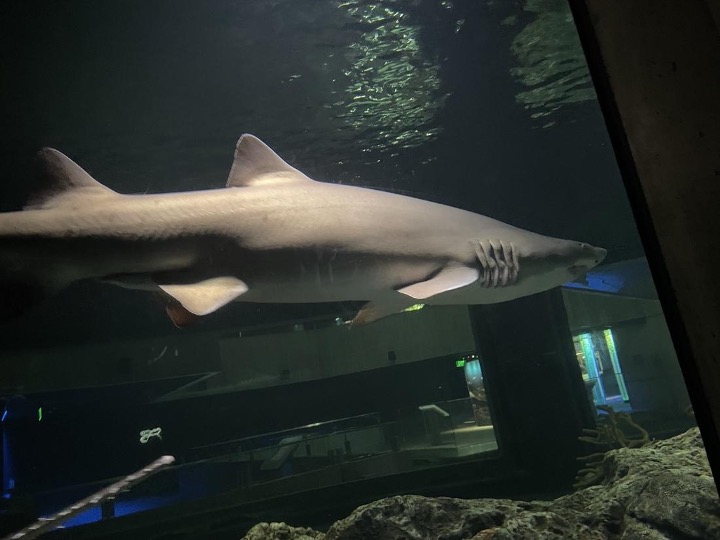After a week of demonstrations, the largest protest yet over the death of 25-year-old Baltimore resident Freddie Gray occurred Saturday as crowds marched from the site of Gray’s death to Baltimore’s tourist-heavy Inner Harbor. An estimated 1,000 people engaged in the peaceful protest until the situation turned violent outside of famed baseball stadium Camden Yards around 6:30 p.m. Saturday night, prior to the start of the Orioles home game against the Boston Red Sox.
Protestors were angered after police officials admitted on Friday, April 24 that Gray should have received medical care earlier and that he was not wearing a seat belt in the police van, which made three stops before an ambulance was called. Gray suffered a severe spinal injury at some point during his time in police custody and died a week later.
Several Loyola students attended the protests Saturday night and witnessed first-hand the shift from peaceful to violent. Terence Jones, ’16, stated that when he arrived to the protest at city hall around 5 p.m. there was “no tension, no aggression, and no violence; it was simply a gathering of passionate people seeking out justice.”
The main message that Jones took away during the time he attended the protest was a peaceful one. “What I heard from the family and friends of Mr. Gray was that they wanted to unite Baltimore, they wanted to come together and use the power of the people to bring about answers as well as Justice for Freddie,” said Jones.
Jones explained that this solidarity lasted until the escalation at Camden Yards, where protestors were met with a large number of police officers. “It was my understanding that people who were not from Baltimore were throwing things at the police which then sparked conflict with the protesters from Baltimore who wanted to keep things peaceful and once there was a divide between the protestors that is when things went downhill.” A small group of demonstrators then turned violent, and Mayor Stephanie Rawlings-Blake echoed the sentiment that it was believed a number of “outside agitators” changed the tone of the protests.
According to Jones, the Loyola group left the rally once the protestors began to turn on one another, but could still witness the violence blocks away and were all “baffled” at how a peaceful protest was shadowed so quickly by negativity.
According to an updated post on the Baltimore Sun’s website, the 12 reported arrests Saturday night rose to “approximately 34 arrests” with six officers suffering minor injuries as of 12 p.m. Sunday afternoon.
Loyola sent out an email to the campus community encouraging students to stay “on or near” campus as demonstrations continued into the night but many students felt this email came too late. Dana Politi,’17, expressed her feelings stating “I think Loyola should have acknowledged the protests before Saturday at 10 p.m. By the time the email was sent Loyola students had already made plans and many had been downtown. It almost seemed to me they were ignoring something that deserved the attention.”
Jones also felt that the protest should have been acknowledged earlier by Loyola. “It is my understanding that P.M Evergreen cannot be sent out unless students on campus are in eminent danger. Some word about the protest should have been sent out even if it was not from P.M Evergreen, regardless of the fact that the school was not required to.” Jones noted that an email would have been helpful for the many students who went to the Orioles game unaware of the unrest and ended up amidst a tense situation, with many students getting stuck in the area. Jones explained that he knows a student who had to take an Uber cab “five times the normal rate” to get back to Loyola safely.
A second email was sent out to the student body on Sunday, this time from President Brian Linnane, S.J. encouraging students to “ apply our education to enrich our community” in regards to social justice. When asked how students at Loyola can get involved in the Freddie Gray discussion, Jones cited Father Linnane’s email and the importance of trying to better our greater Baltimore community.“We need to decide whether we will be the chapter in the history book that does not get written because nothing was done, or if we will join in and help our community grow towards equality.”
He also encouraged Loyola students to remain engaged during our last few weeks on campus, “Martin Luther King Jr. said, ‘The ultimate measure of a man is not where he stands in moments of comfort and convenience, but where he stands at times of challenge and controversy.’ This is a time of challenge and controversy, so I would encourage everyone who doesn’t understand how this affects them or who is not as informed to ask questions and start conversations.”
As conversations about Freddie Gray continue across the country, Loyola will also be engaging in discussion. A forum is to be held by on-campus group Hounds for Hope in Knott Hall B01 at 9:15 p.m. on Monday, April 27 to discuss how to keep the conversation on-going when it comes to social justice issues, particularly during a time when it is at the forefront of people’s minds in our own Baltimore community.
If you cannot attend Monday’s forum, be sure to follow @loyolagreyhound on Twitter as will be live tweeting the event.















































































